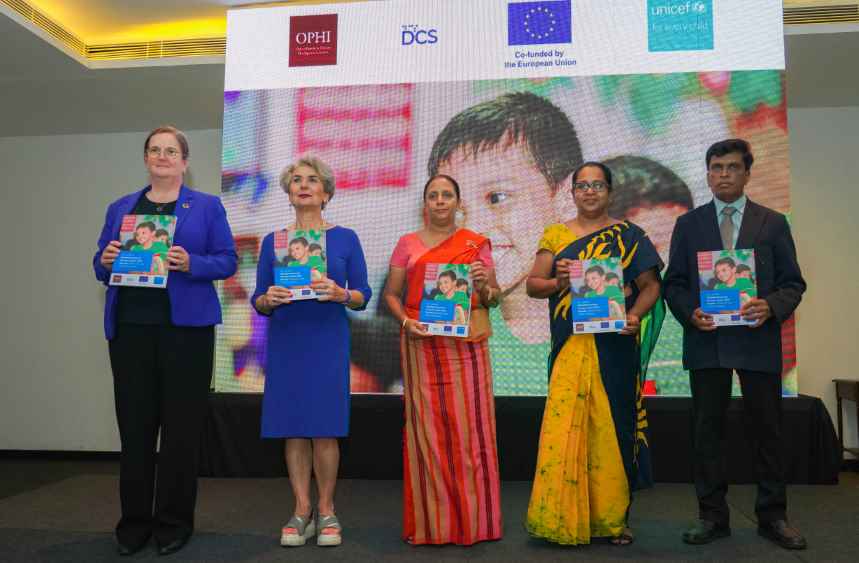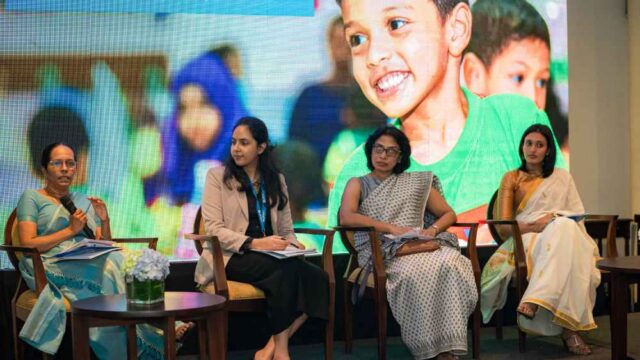
Poverty has many faces and especially the experience of deprivations during childhood, such as in nutrition and cognitive development, can last a lifetime. In line with the international community’s commitment to “End poverty in all its forms everywhere”, as embraced in Sustainable Development Goal (SDG) 1, Sri Lanka recognizes the multiple ways in which poverty manifests itself for individuals beyond monetary deprivations, including deprivations in education, health, and living standards. In 2021, in close consultation with various stakeholders and with the support of UNICEF, the Oxford Poverty and Human Development Initiative (OPHI) and the European Union, the Department of Census and Statistics (DCS) developed the first official national Multidimensional Poverty Index (national MPI) for Sri Lanka, using data from the Household Income and Expenditure Survey 2019.
The Sri Lankan MPI creates a comprehensive picture of poverty. It reveals who the poor people are and how they are poor by focusing on a set of interlinked deprivations that poor people experience.

To further probe and support child-focused policies, an individual child MPI for children aged 0-4 was crafted, which includes the same indicators as the national MPI, plus two pivotally important child deprivations in Sri Lanka: undernutrition and early childhood development. Sri Lanka’s child MPI is pioneering in being the first official measure of child poverty that links directly and precisely with the national MPI.
The Sri Lankan MPI is an official permanent statistic of multidimensional poverty that will be updated and published regularly, reported as SDG indicator 1.2.2 (“proportion of men, women and children of all ages living in poverty in all its dimensions according to national definitions”), and used to complement the monetary poverty measure.
Yet, the MPI is not just a statistic. It is a policy tool. It provides relevant information to accelerate poverty reduction in different sectors with limited resources – by informing high impact budget allocations to social sectors, focused interventions, policy design and coordination, and monitoring. In addition to capturing simultaneous deprivations in different dimensions, the national and child MPIs can also be disaggregated by age, sex, or location. It can be used to show the extent to which different deprivations contribute to poverty, for whom and where, thereby providing more detailed insights into how to focus policy interventions.



